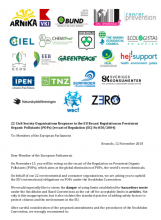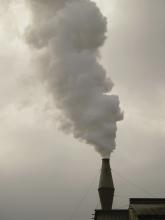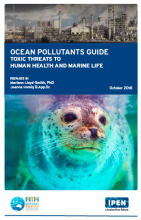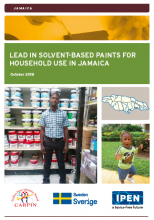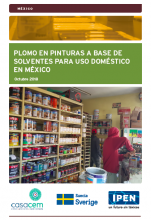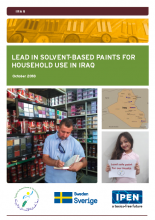A safe, clean, healthy and sustainable environment is a human right. Exposure to hazardous substances and wastes undermines this right and puts women, children, and other vulnerable groups at risk of human rights abuses. Throughout their lives, women are exposed to numerous hazardous chemicals that can harm them and our future generations by transfer across the placenta during fetal development and through breast milk to the nursing infant.
Spacer
Google Translate
Highlights Front Roll
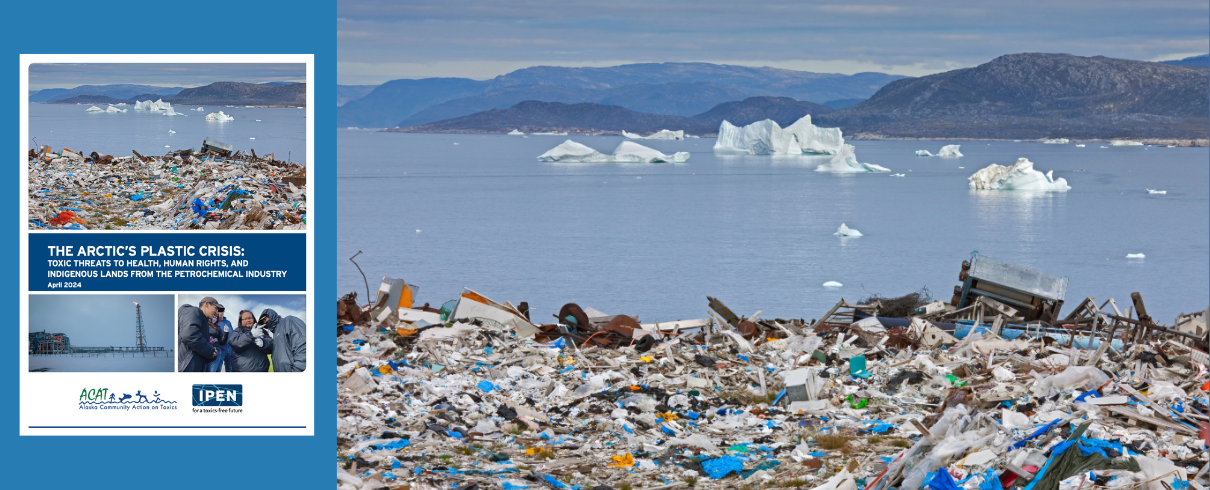
New Report: The Arctic’s Plastic Crisis
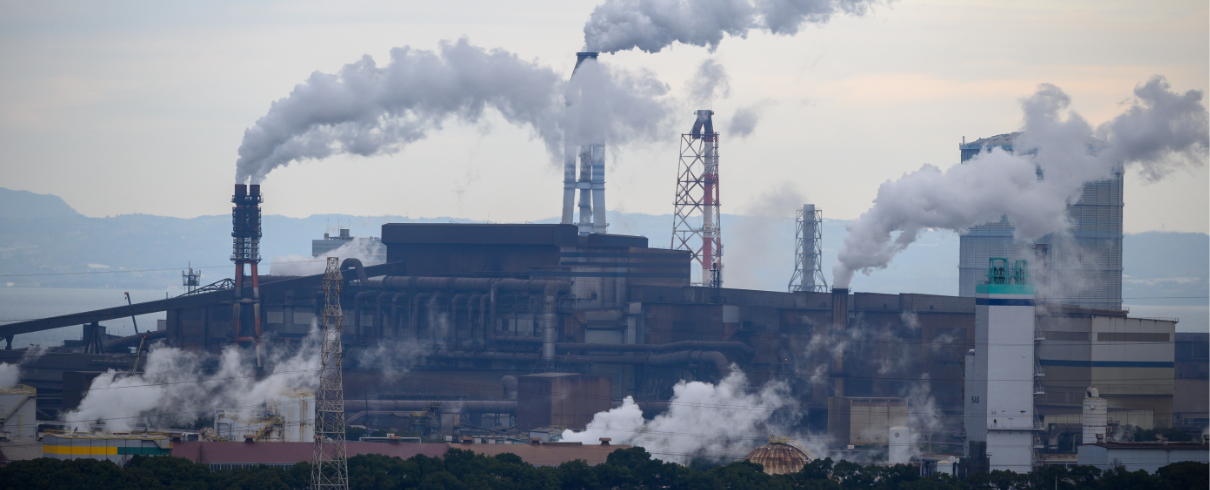
Plastics Treaty INC-4
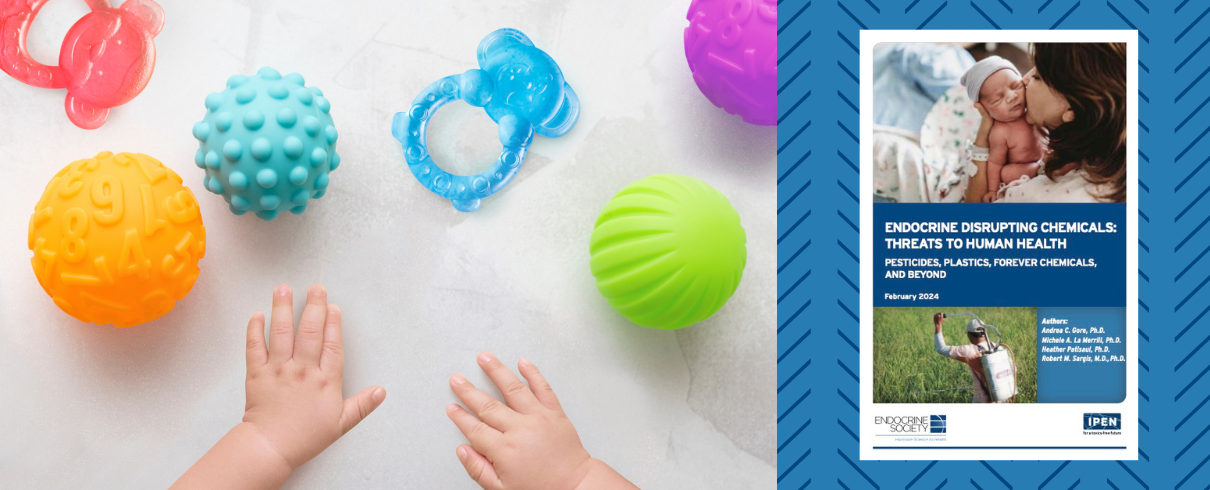
New Report: Endocrine Disrupting Chemicals: Threats to Human Health
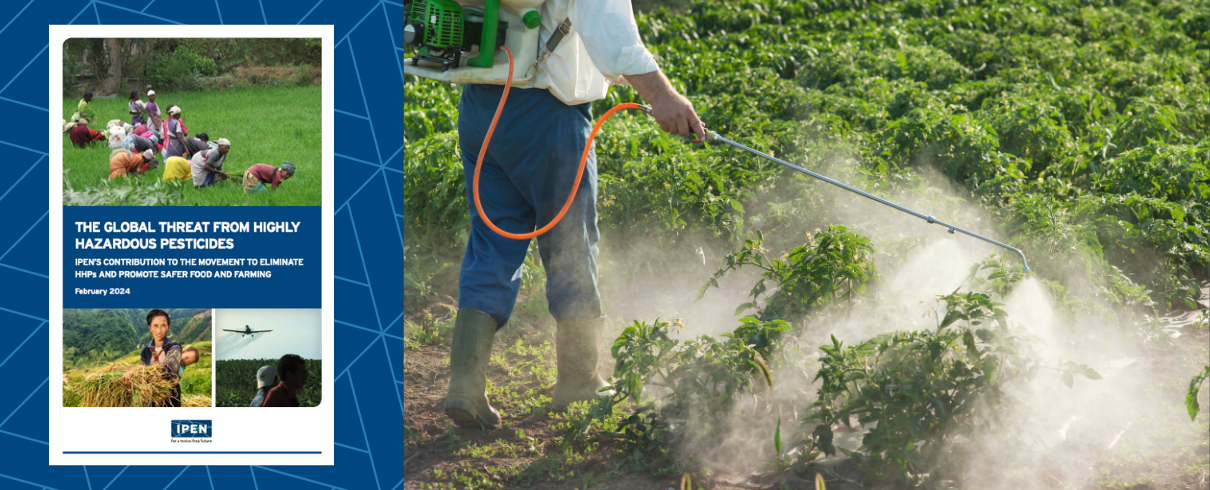
6th United Nations Environmental Assembly (UNEA-6)
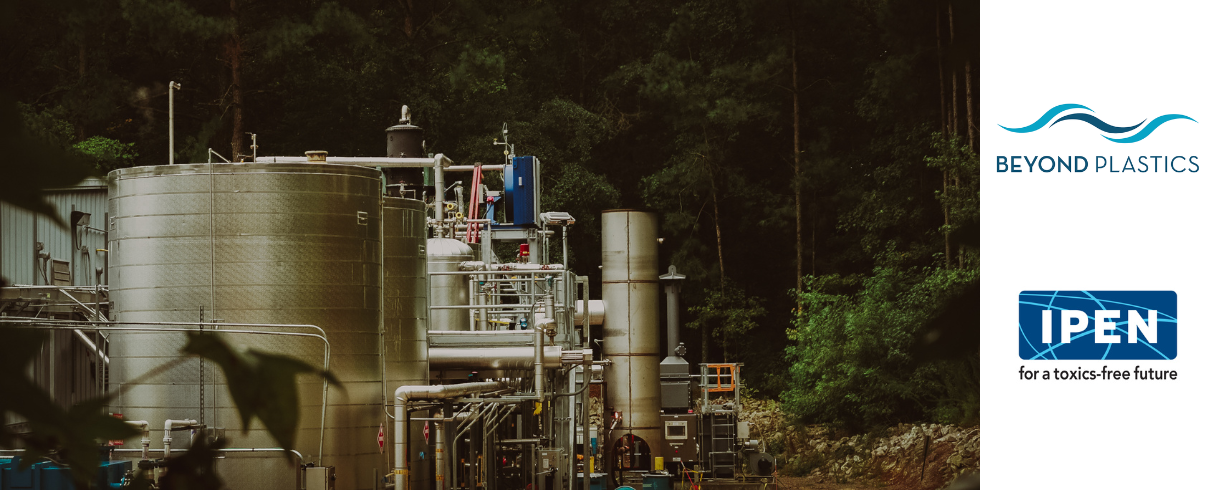
Chemical Recycling: A Dangerous Deception
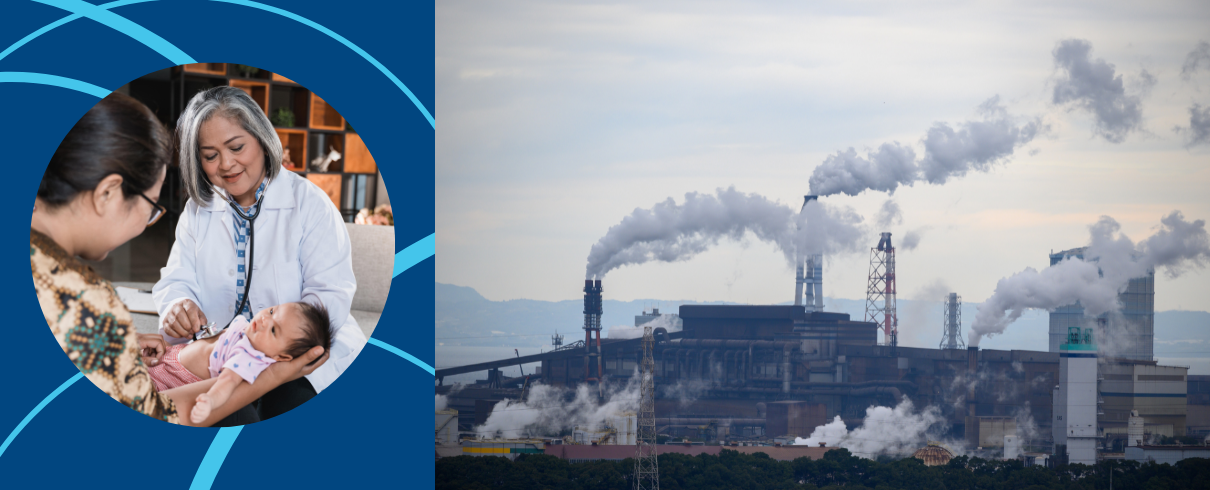
See StopPoisonPlastic.org - our website on toxic plastics
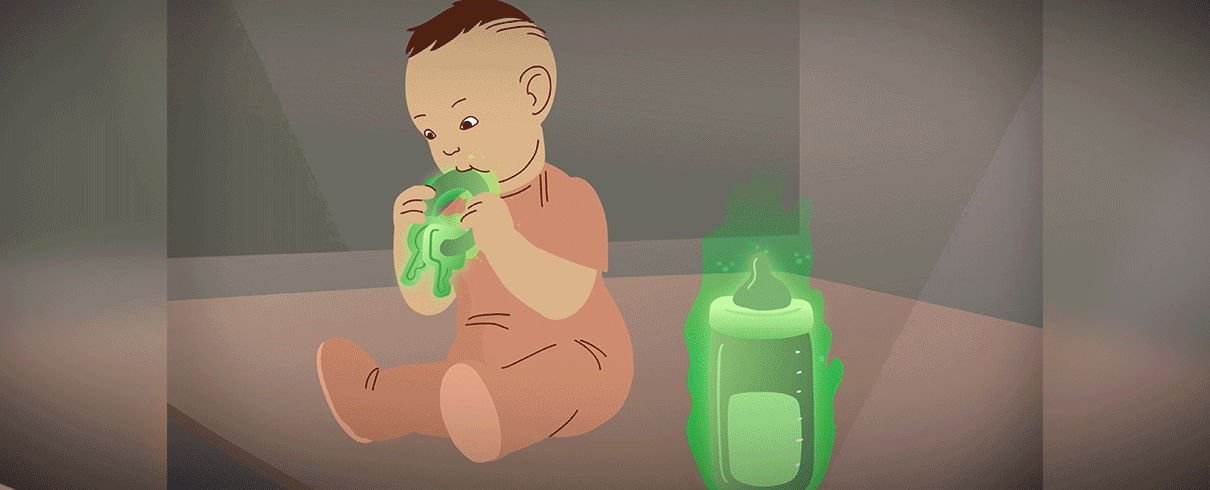
Video: Plastics Poisoning Our Health

